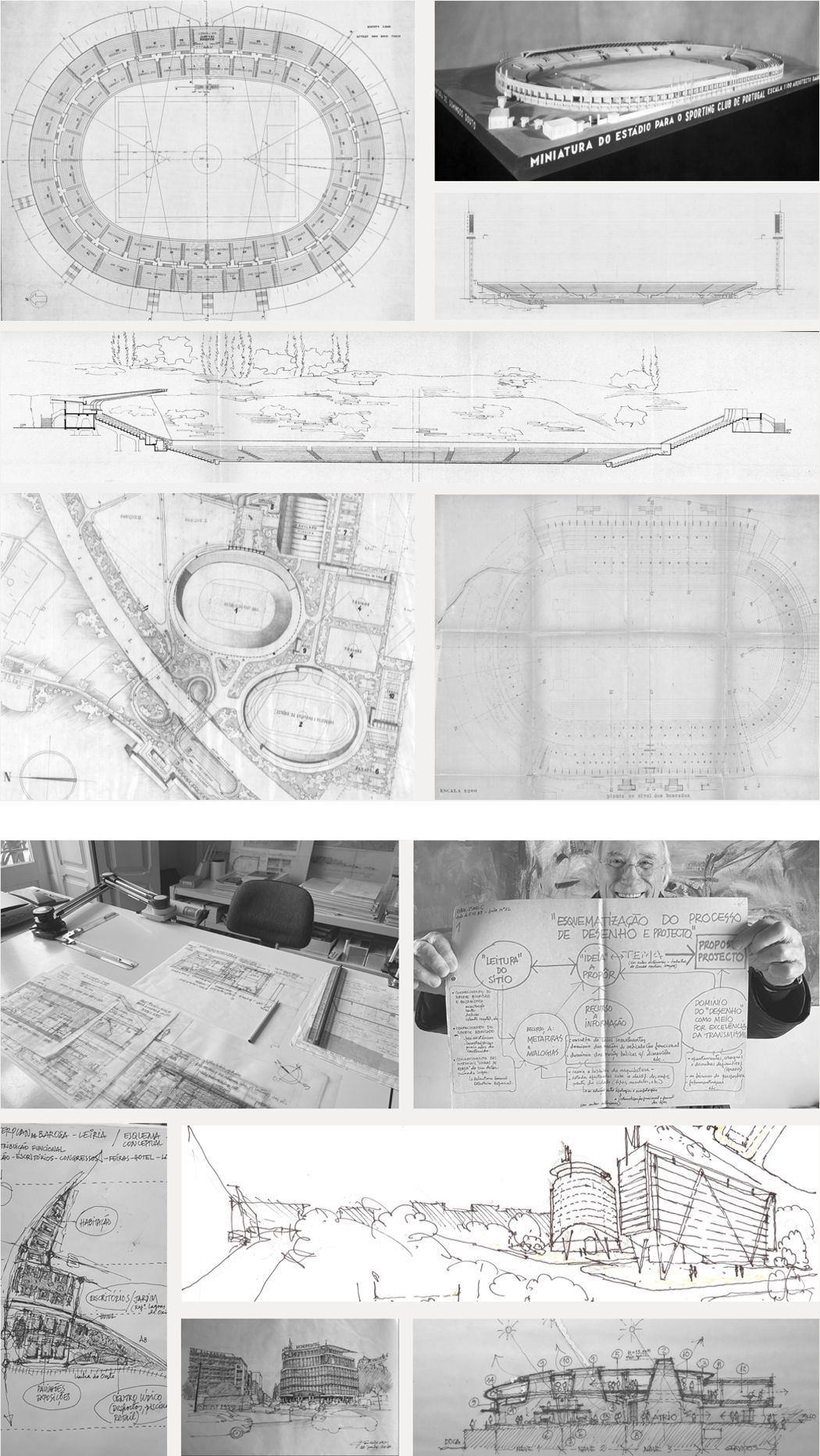ARCHIVES
Resume: It is now widely recognised that Architectural Heritage, as a relevant component of the cultural communal of communities, is a powerful factor of identification and distinction. Indeed, buildings and cities survive beyond the temporal limits of each generation, becoming, to a large extent, the most persistent cultural expression of a given community. Enduring in time and space, the design of the city and it’s Architecture leave deep marks on the territory, but also on individual and collective imaginaries that often survive even the physical disappearance of the original buildings and plots. Public and monumental buildings are easily remembered as identification devices, capable of giving a distinctive and recognisable form to the neighbourhood or the city, as a whole, thus becoming brands with which individuals and communities identify themselves and through which they are identified from the outside. The successive transmissions and reinterpretations of such marks, depending on each contemporary situation, do not necessarily erase them; on the contrary, in most cases they contribute to their permanence. Buildings and the city are thus an integral part of the constitutive and experiential processes of memory and tradition, experienced by individuals and collectivities that transform them into civilisational essence, into Culture.
As far as Architecture is concerned, the importance and necessity of safeguarding, recognising, representing, documenting and organising its records and making them available to the specialised public and citizens in general need no further demonstration. It is up to the Architectural Archives to play this central role in the process of appropriating this essential legacy. And they have the major responsibility of guaranteeing its authenticity and, consequently, its evidential and testimonial value.
In recent years, architects or their heirs have become increasingly interested in donating their professional estate and/or library to institutions that offer them guarantees of good reception, treatment and study. Many of them have thus turned to the Lisbon School of Architecture, University of Lisbon (FAUL): perhaps because this is where most of them graduated and/or taught; certainly because they see it as a reliable and competent entity (after all, FAUL embodies, in its current form, and in the one that preceded it, within the former ESBAL, the most important teaching centre of this discipline, in Portugal). It is essentially the work of professionals who carried out most of their activity during the 20th century. This also happens to be the most fruitful period of Portuguese Architecture. It is, in fact, the time when the professionalisation of Architecture took root and, as a result of the economic expansion that took place, architectural practice intensified, both in Portugal and in the, then, colonies.
Lisbon School of Architecture, University of Lisbon, has long shown sensitivity to the problem of preserving collections, namely with the creation of the Research Lab (group) “Por uma Memória Arquitectónica” – POR/ARQ – with the task of identifying, studying, mapping and disseminating some collections already in the custody of our School. However, the lack of resources has prevented it from going further. A curious and sad situation has thus been solidified: although it is the fulcrum of national Architecture education and one of the main centres of architectural production that, throughout the country's history, has sustained a recognisable practice and body of knowledge, Lisbon has no place that systematically and effectively houses the documentation related to this activity. Consequently, most of it is still unstudied.
Aware of its role in the History of Portuguese Architecture, but also of the need to valorise the heritage legacy of its Academy and its most distinguished interpreters, FAUL could not fail to respond appropriately. Thus, from the work that had been done in the identification of architects and the acceptance of their collections, another had already begun, collecting testimonies from professionals and/or their collaborators, identifying paths, co-authorships, works and influences. However, it was with the creation of the ARCH/VES, Archives of Architecture, Urbanism and Design, a Unit within our institutional structure, that FAUL intended to give the subject a more substantial boost.
The objectives of ARCH/VES are well defined: to preserve, enhance and disseminate the collections it receives, as well as to stimulate study and research on them and the architectural and artistic culture that frames them. In this sense, it was also decided to integrate into the new Unit the Research Lab (group) “Por uma Memória Arquitectónica” (For an Architectural Memory) – POR/ARQ – which, however, maintains its initial objective. From the point of view of its functioning, ARCH/CES has been organised into two interrelated sub-units: Archive and Research. The first manages and disseminates all documentary collections in the custody of FAUL; the second, which includes POR/ARQ, promotes studies and research in the field of Architecture, Urbanism and Design, aiming to stimulate the valorisation and recognition of the importance of documentary collections from these activities and their relationship with the construction of the project, from the scale of the hand to the scale of the city; together, these sub-units promote training and intervention activities in the disciplinary fields of FAUL and seek to establish, as far as possible, collaborations with other similar national and international organisations.
It is in this context that ARCH/VES will seek to become a reference organisation in the promotion of architectural and artistic culture, in the knowledge of heritage intervention projects and in the study, treatment, conservation and dissemination of Architecture, Urbanism and Design documentation. We understand, however, the objectives of ARCH/VES in a global framework of preservation, research and dissemination of Memory and Knowledge immanent to Portuguese Architecture, closely connected to the academic context of FAUL, in which the Unit is inserted. In academic terms, a holistic education is fundamental to prepare future professionals to face the complex challenges they face. Encouraging experimentation and project study also allows students to develop their problem-solving skills by analysing, comparing and innovating.
